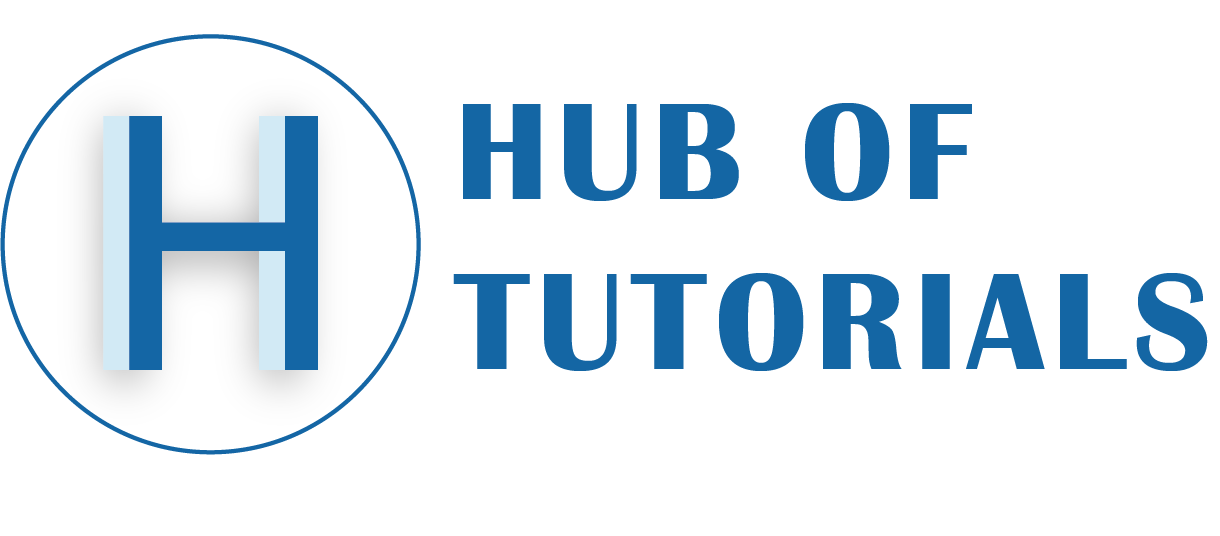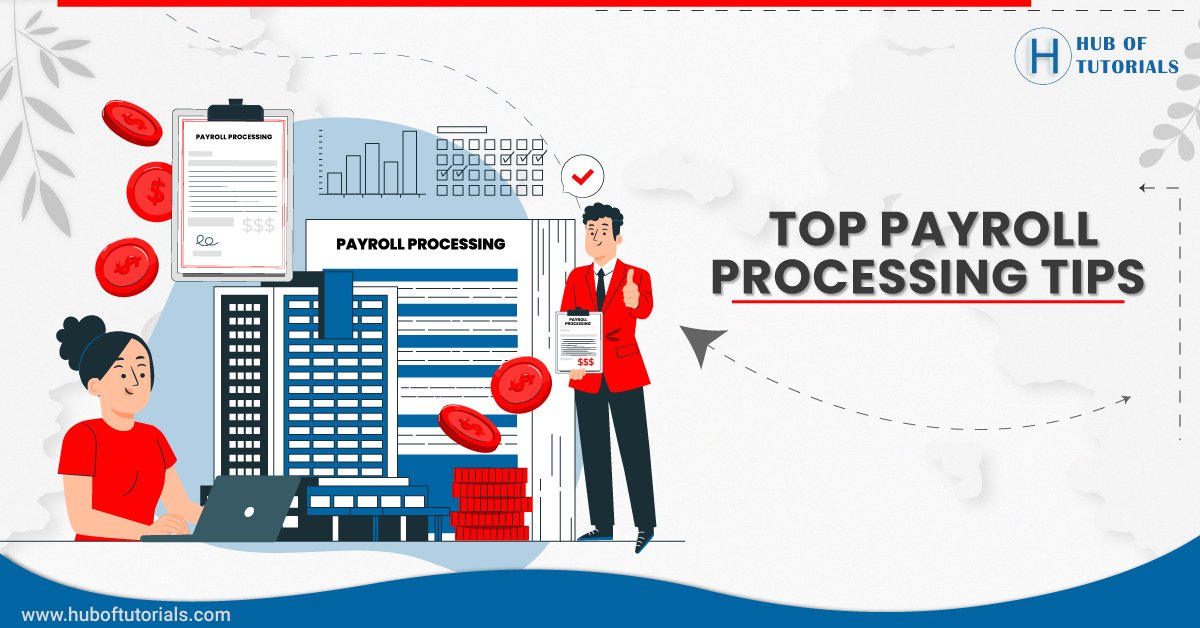Payroll processing can be a tedious task that requires diligence and attention to detail. The stakes are high – one small mistake can lead to costly fines and labour violations. Luckily, there are some tips that you can follow to make payroll processing faster and easier.
Automate the Process
Many small businesses manage their payroll manually, leading to clerical errors, costly penalties, and a lack of time for other essential tasks. However, automated software can help you eliminate these errors and streamline your processes.
Whether your business pays by hour, salary, or commission, there are several critical steps to automating your payroll process. If you are a starter, you probably need clarification about how to process payroll for small businesses. Begin with gathering employee data. This may include data from your attendance system, employees’ work shifts, transport service providers, canteen vendors, etc. Ensure all data adheres to your company’s policies and is present in the correct format.
After gathering all employee payment information, calculate each employee’s gross wages. Then, consider the deductions and withholdings (i.e., taxes, health and life insurance premiums, garnishments, and other authorized deductions) based on the documents and data you collected from your employees. Then, subtract those from the employee’s gross pay to find their net pay.
Lastly, issue the paychecks via direct deposit or physical checks and provide the necessary documentation to each employee. Remember that your employees expect to receive their pay quickly, so it’s best to set up your online payroll platform for a two-to three-day processing window. And remember to back up your payroll data in case a ransomware attack hits your provider.
Set a Cut-off Period
Payroll processes are a necessity for businesses, but they can be time-consuming. Compliance with federal, state, and local regulations is also essential. Automated payroll software helps speed up the process by eliminating manual calculations and reducing errors.
A cut-off period is essential to keep your employees paid on time if you run a monthly or semimonthly payroll. The cut-off date determines when payroll can be submitted and how long it takes to distribute payments to your employees. It also determines how many days before the payroll cycle you can onboard new employees, apply salary revisions, or make any other changes to the payroll.
Depending on your payroll method, this can be two or four business days. For example, ACH transactions aren’t processed on weekends or bank holidays. Therefore, payrolls must be submitted a certain number of days before the check date so that the due dates can make ACH transfers.
Another factor to consider is if you’re switching pay periods. Changing pay frequencies can be an inconvenience for employees. It’s critical to send them a payroll frequency change letter in advance so they can adjust their budgets and finances accordingly. This can avoid the hassle of disgruntled employees and the resulting back-up in processing. If you want to save time and money with game-changing features like time tracking, next-day direct deposit, and dedicated support, give Gusto a try.
Set Up a System
You’ll need a payroll processing system that complies with your state’s tax laws. This includes calculating income taxes withheld from employee paychecks and reporting them to the appropriate government agencies. It also means submitting certified forms (W-2s, I-9s) and 1099s to the IRS when applicable.
The system you choose should be easy to use and include all the necessary elements of payroll management. For instance, you should be able to select a payroll schedule (weekly, biweekly, semiweekly, or monthly) and determine whether to pay employees via paper check, direct deposit, or cashier’s check. Collecting inputs from each employee, validating them, and then calculating their gross pay, deductions, and other payments should be possible.
Moreover, the system should allow you to track employee hours and overtime if applicable. You should also be able to follow other employee compensation, like paid time off, and decide if you’ll offer benefits like health insurance, retirement savings plans, and garnishments.
Once you’ve gathered all the information, it’s important to double-check the calculations before issuing payroll. It’s also essential to stay up-to-date with the latest changes in labor laws and other regulations to ensure your payroll is accurate and compliant. This will save you a lot of time and help you avoid costly Internal Revenue Service penalties in the future.
Communicate with your Employees
An accurate and efficient payroll processing system is critical to your business’s success. But it’s also essential to communicate with your employees about the process and how it affects their paychecks. This will ensure everyone is on the same page and knows what to expect.
For example, let them know when the payroll period is and what day they can expect their paycheck to be available. This can help alleviate stress and prevent confusion about when they will get paid. Employees should also be informed about the frequency of their paychecks if it varies from pay period to pay period. This can be based on several factors, including how often the company wants to be paid, state/provincial laws, and whether or not the company has enough funds to cover all the payroll deductions required by law.
If a payroll error occurs, it’s essential to communicate with your employees promptly. This will help minimize the mistake’s effects and demonstrate that you care about your employees’ well-being. This can be done by speaking with them in person or over a video call and by sending them an email that restates your apology, describes the error, and explains how it will be corrected.
In addition, it’s essential to review your company’s current processes and systems regularly. This will help ensure compliance with the law and provide opportunities for improvement. It’s a good idea to hold an all-staff meeting to discuss any changes and to invite feedback and suggestions from employees about how they feel the company could be better at handling payroll procedures.

